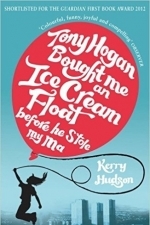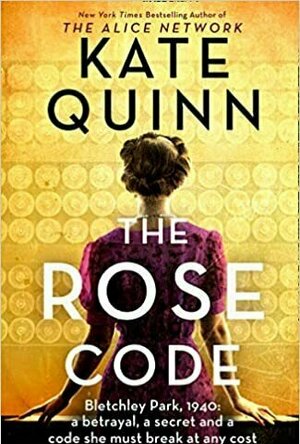
The Rose Code
Book
1940, Bletchley Park, Buckinghamshire. Three very different women are recruited to the...

You Are a Champion: How to Be the Best You Can Be
Book
Marcus Rashford MBE is famous worldwide for his skills both on and off the pitch – but before he...

A Mother's Secret
Book
When seventeen-year-old Belinda Phillips falls in love with a handsome Anglo-Indian officer, she...

The Eagle and the Fox (A Snowy Range Mystery #1)
Book
Kit Golden Eagle is running. From poverty, from abuse. Forced to live by his wits, the Ojibwe teen...
M_M Contemporary Romance Mystery
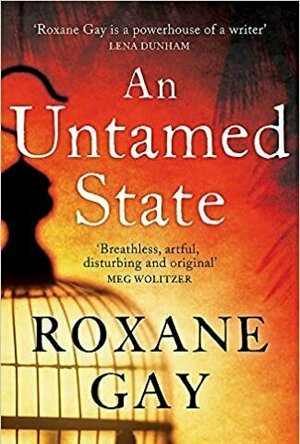
An Untamed State
Book
Mireille Duval Jameson is living a fairy tale. The strong-willed youngest daughter of one of Haiti's...

Remarkable Creatures
Book
In 1810, a sister and brother uncover the fossilized skull of an unknown animal in the cliffs on the...
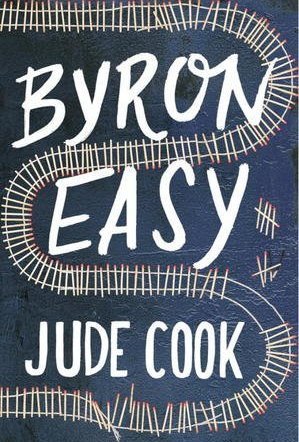
Byron Easy
Book
It’s December 24th, 1999. Byron Easy, a poverty-stricken poet, half-drunk and suicidal, sits on a...
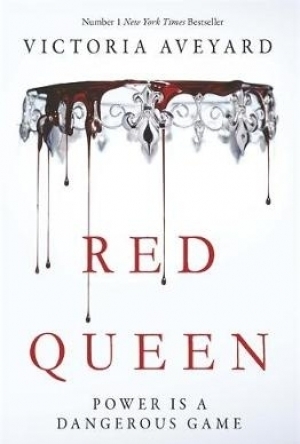
Red Queen
Book
This is a world divided by blood - red or silver. The Reds are commoners, ruled by a Silver elite in...

Love and Virtue
Book
A provocative contemporary Australian campus novel, Love & Virtue is laden with conversation...
Eilidh G Clark (177 KP) rated Tony Hogan Bought Me an Ice Cream Float Before He Stole My Ma in Books
May 14, 2017
This is a novel with nothing held back. While the title is light hearted and the cover art bright and cheerful, both are deceiving. The cover shows a silhouette of a young girl holding a giant red balloon against the backdrop of a Scottish suburban town. It is important to address the significance of this image. Readers may recall a similar painting by Banksy, named Girl With Balloon which was originally painted on a wall in London. Beside the painting was engraved “There Is Always Hope”. While Banksy’s painting shows the girl releasing the balloon, possibly representing lost hope or lost innocence, Hudson’s cover shows the girl being lifted by the balloon. Considering this when addressing the text, it is clear that Hudson wished to demonstrate that one can only hold on to hope by not letting go. Critics have described this book as containing bittersweet humour and Hudson cleverly intrudes in the second chapter by saying that this is in fact a ‘humorous cautionary tale’. As soon as you begin reading, expect to get dirt under your nails. The author launches right into the location of the novel using regional Scottish dialect and local Aberdonian vernacular. The story begins with the birth of out protagonist, Janie Ryan. Born to Iris (formally Irene), a single, homeless mother who comes from a line of women described as ‘fishwives to the marrow’, Iris has recently returned from London after trying to change her destiny (not wanting to become her mother). After falling pregnant to a rich and married American man, the relationship breaks down. Iris is forced to return to poverty in the back streets of Aberdeen but is keen to ensure that things have changed,’ I didnae go all the way to fuckin’ London to come back an’ be the same old Irene!’ Unfortunately, Iris falls back into her old ways and for Janie; this has a direct effect on her life. The reader follows the protagonist from her first home to temporary care and then to a string of homes over the UK in some of its poorest areas. Janie watches, as her mother gets involved in some abusive relationships, including one with alcohol, and watches helplessly as her mother loses hope. Towards the latter end of the novel, it is clear that Janie is falling into the same habits as her mother, however, a string of unfortunate event forces her to reassess her life. The end of the novel, like the cover art, is left to the reader’s interpretation. Can Janie break the cycle and make changes to her life, or is she destined to become her mother? This is not only a well-written novel but also a powerful commentary on life within the poverty trap.
Kerry Hudson, Tony Hogan Bought me an Ice Cream Float Before He Stole My Ma, 2012 published by Vintage Books
